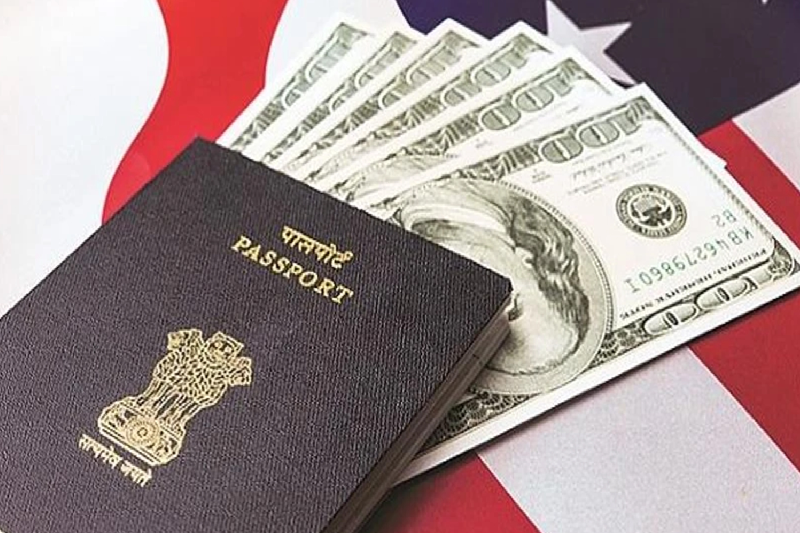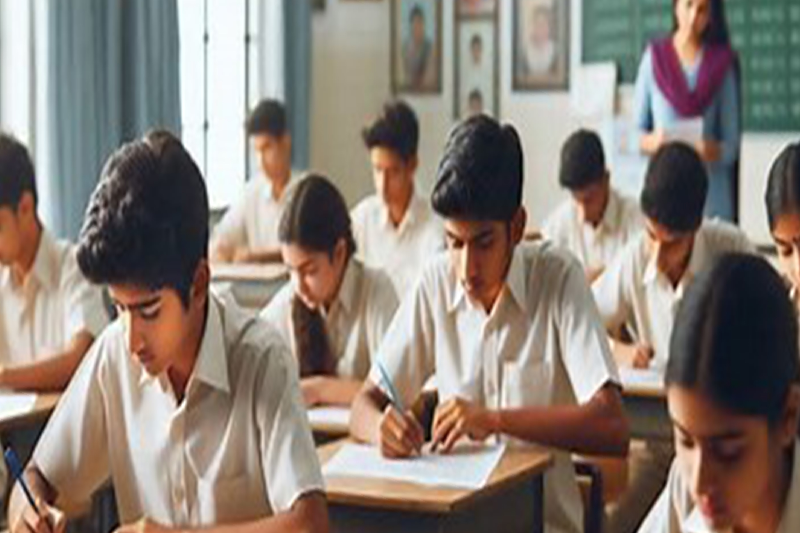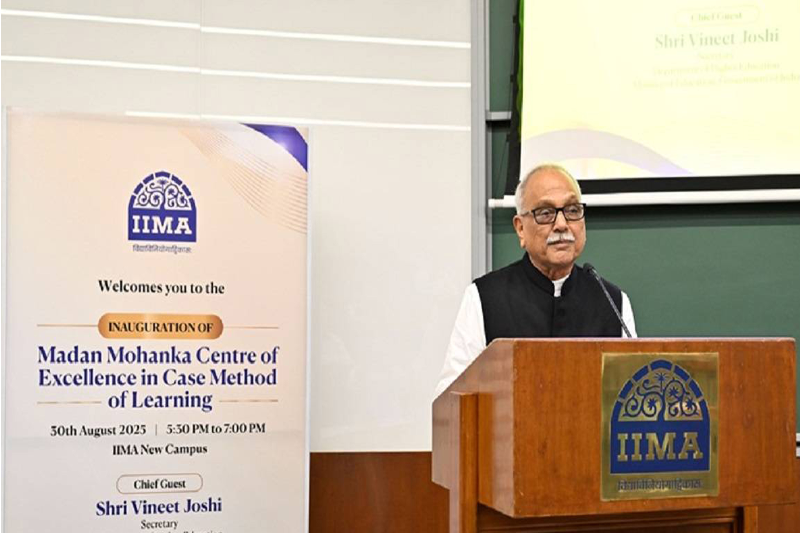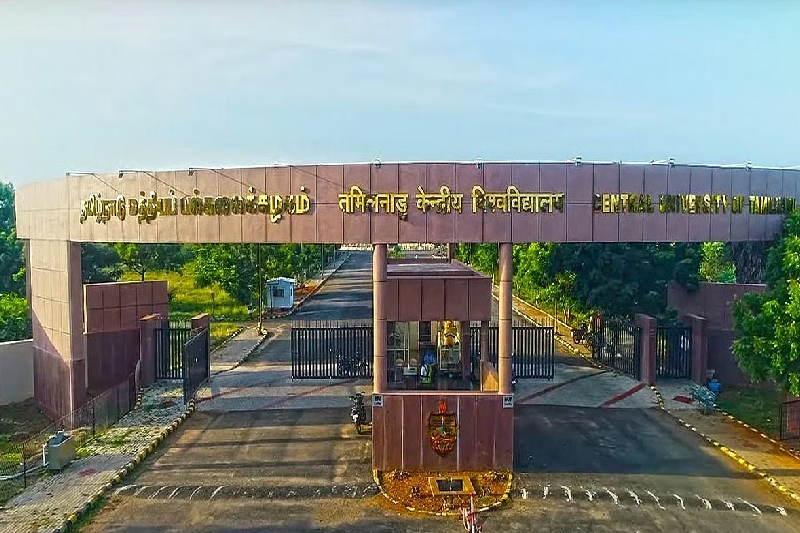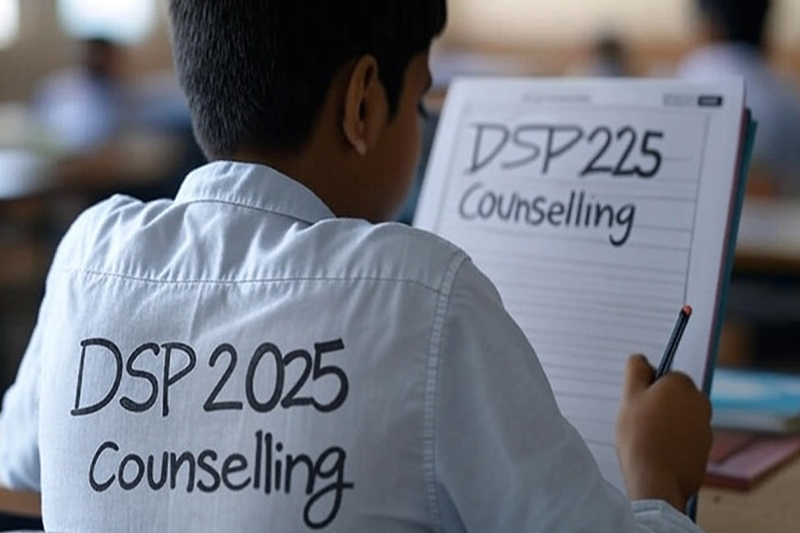
Surging Demand in Maharashtra for Direct Second-Year Admissions in Engineering and Pharmacy
In Maharashtra, a growing number of students are opting for Direct Second Year Admissions in engineering and pharmacy degree courses after completing diploma programs—bypassing the conventional Class 11 and 12 Science stream and highly competitive entrance exams. This trend reflects a clear shift in academic preferences, with diploma holders increasingly choosing this alternative pathway to secure their degree qualifications.
A Clear Shift in Student Preferences
Students who complete a three-year Diploma in Engineering or Pharmacy immediately after Class 10 are eligible to directly enter the second year of respective undergraduate degree programs. This route is now gaining substantial traction as the data from the Maharashtra Common Entrance Test (CET) Cell reveals a consistent and sharp rise in applications over the past three academic years.
In engineering, direct second year admissions were recorded as follows:
- 34,716 in 2023-24
- 41,894 in 2024-25
- Already 58,220 applications received for 2025-26
Similarly, in B Pharmacy, the numbers show a growing trend:
- 8,713 admissions in 2023-24
- 12,816 in 2024-25
- 14,010 applications for 2025-26
This upward trajectory clearly reflects how diploma holders are leveraging this opportunity to seamlessly transition into degree courses without the hurdles typically associated with regular admissions.
Why the Diploma Route Is Gaining Popularity
Several factors contribute to this rising interest. Most significantly, the diploma-to-degree pathway eliminates the need to pursue the Science stream in Class 11 and 12, as well as the requirement to sit for entrance examinations like MHT CET. This not only saves students time and money but also reduces academic pressure.
Moreover, admission delays in the regular degree pathway, particularly in pharmacy, have frustrated students for years. One pharmacy aspirant pointed out, “Pharmacy degree admissions never start on time. The delay results in major academic loss.” Others echo a similar sentiment, citing how unpredictable admission timelines and fierce competition for limited seats in reputed colleges make the diploma route a more practical and reliable alternative.
From a strategic standpoint, students believe that the direct second-year admission process provides better chances to secure a place in good institutions. "In the regular admission cycle, the competition is very intense. But here, there's room to aim for quality colleges," said another candidate applying for B Pharmacy.
Academic and Institutional Perspectives
From the academic front, college administrators acknowledge this shift in student choices. Gopakumar Thampi, Principal of Thadomal Shahani Engineering College, observes that this alternative is particularly beneficial for students who may not excel in traditional academic subjects like mathematics.
“It is definitely an easier route for students, especially those who are weak in Mathematics,” Thampi said. He also recalled that, several years ago, many students routinely pursued the diploma path to get into engineering. However, this route faced a setback when the government reduced the intake capacity for direct second year admissions from 20% of total seats to just 10%, limiting the number of diploma holders who could transition into degree programs each year.
Despite this cap, the surge in applications suggests that students continue to see value in this approach, possibly due to the growing disconnect between traditional academic routes and their outcomes in terms of admission timelines, affordability, and college placement opportunities.
The Road Ahead
The increasing number of students choosing the diploma-to-degree pathway could signal a larger shift in how technical education is perceived and pursued in Maharashtra. This trend has implications not only for students and families but also for educational institutions and policy-makers.
For students, this route offers a clear, structured alternative to the conventional route that involves a more prolonged and competitive journey. For educational institutes, this signals a need to re-evaluate seat allocation and support systems for lateral entry students. For policymakers, this trend could prompt a review of existing regulations, including the intake cap and support mechanisms for diploma students transitioning into degree programs.
The current rise in demand demonstrates that students are increasingly prioritizing practical outcomes and efficient academic planning over traditional educational models. The diploma-to-degree route offers them a shortcut that is both strategic and structured, helping them avoid the pitfalls of delays, uncertainty, and excessive competition.
As academic year 2025-26 kicks off, the numbers make it evident: Maharashtra’s students are choosing a smarter, more direct path to engineering and pharmacy careers.
Conclusion:The demand for direct second year admissions into engineering and pharmacy programs is more than just a trend—it's a reflection of changing student priorities and a shifting educational landscape in Maharashtra. As this route gains momentum, it is reshaping how technical education is accessed and pursued, offering students a streamlined, efficient, and increasingly popular alternative.
